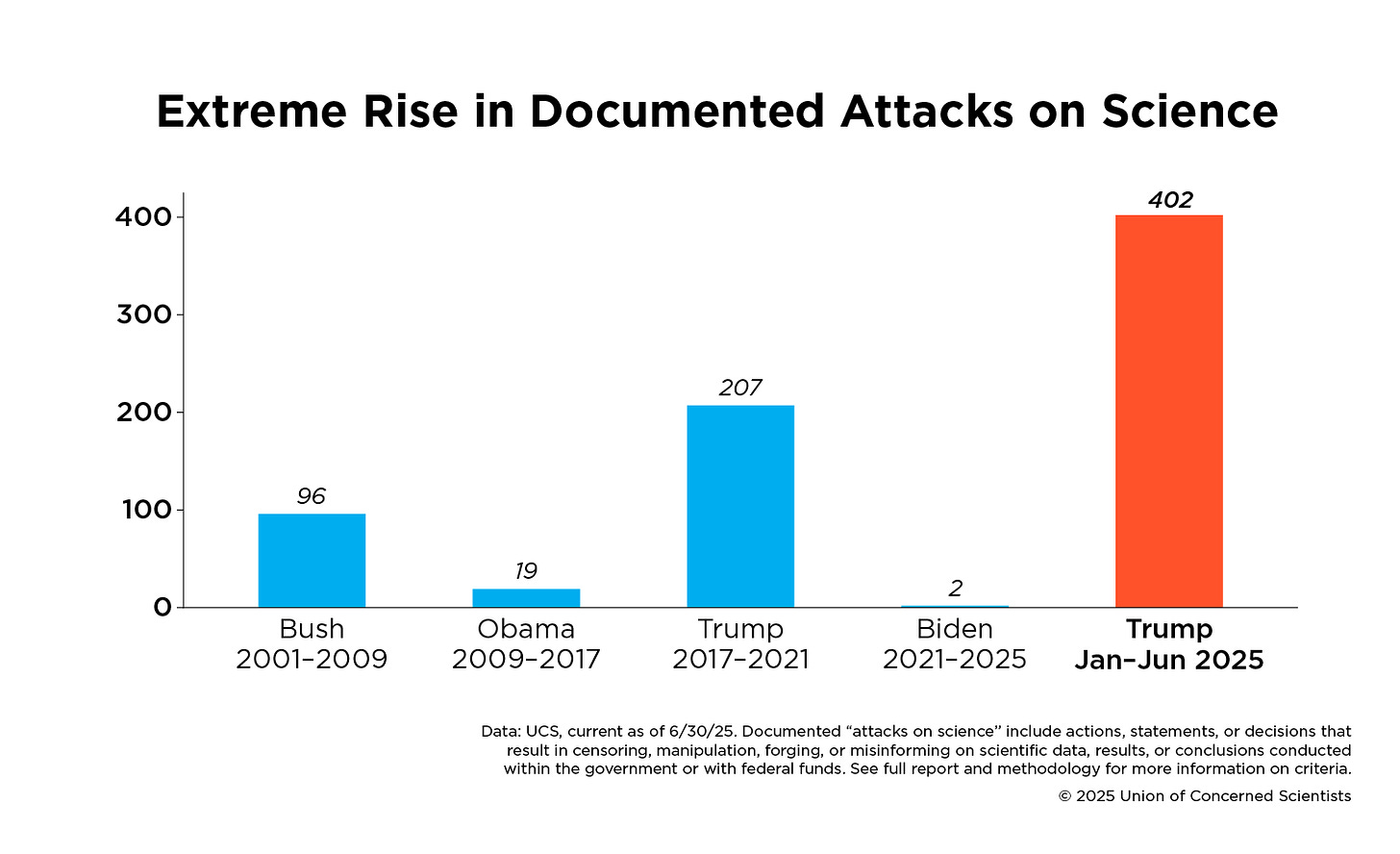Dynamite, Data, and the Decline of Academic Freedom
Innovation in an Age of Anti-Intellectualism
Alfred Nobel died in 1896 as a very sick and a very rich man, possibly suffering from various symptoms of nitroglycerine poisoning. He held over 355 patents, one of which was dynamite, which he patented in 1867. During his sickly last years, he possibly felt remorse over creating all that wealth from manufacturing and selling murderous weapons, and decided to testament his wealth for future scientists via the Nobel Prize.
On October 13, 2025, The Sveriges Riksbank Prize in Economic Sciences in Memory of Alfred Nobel 2025 was awarded “for having explained innovation-driven economic growth” with one half to Joel Mokyr “for having identified the prerequisites for sustained growth through technological progress” and the other half jointly to Philippe Aghion and Peter Howitt “for the theory of sustained growth through creative destruction”.
Ahem, I don’t want to brag, but whaddya know, I also published a book on innovation-driven economic growth back in 2023. And, ahem, it was named the Top 3 Hot Releases by Amazon in the category of Government Management, and # 2 in Five Best New Economic Development Books by BookAuthority. You can read selected reader testimonials here and order the book here. It would make me very happy if you considered purchasing a copy.
As the honorable Nobel laureates and my own research suggests, investing in innovation is a succesful long-term strategy for a country. In my research I present different examples from Brazil, Canada, Finland, Italy, and South Korea, on how these countries with such varying qualities and histories created their innovation based success, and map strategies for other countries to follow suit.
And what are the countries doing?
Nuking Science
The Union of Concerned Scientists (UCS) is a nonprofit that tracks and reports attacks on science in the U.S. On July 21, 2025 they released the documentations on the 402 destructive attacks during the first six months of the Trump Administration. They include Staff Cuts in Science Agencies, Steep Decline in New Research Grants Awarded by the National Institutes of Health, Disruptions and Terminations of Federal Advisory Committees at Science Agencies, Removal of Government Webpages and Information Related to Climate Change and Environmental Justice, and Major Attacks on Climate and Clean Energy Policies and Investments.
I mean just look at this chart below, and remember the red bar is for six months while the blue bars are for entire presidential terms.
The U.S. administration is not alone
The rise of populism and anti-pluralist parties isn’t just something that plays out in elections or parliaments; it’s starting to reach deep into classrooms, labs, and research funding systems.
According to the 2025 Academic Freedom Index, academic freedom has declined in 34 countries over the past decade, only eight have seen any real improvement. (btw you should check out the website, they have a cool interactive world map with the academic freedoms color coded).
The European Parliament’s Academic Freedom Monitor (published April 2025) reports that while Hungary remains the most extreme case, almost every EU country
Keep reading with a 7-day free trial
Subscribe to Deep Policy to keep reading this post and get 7 days of free access to the full post archives.



